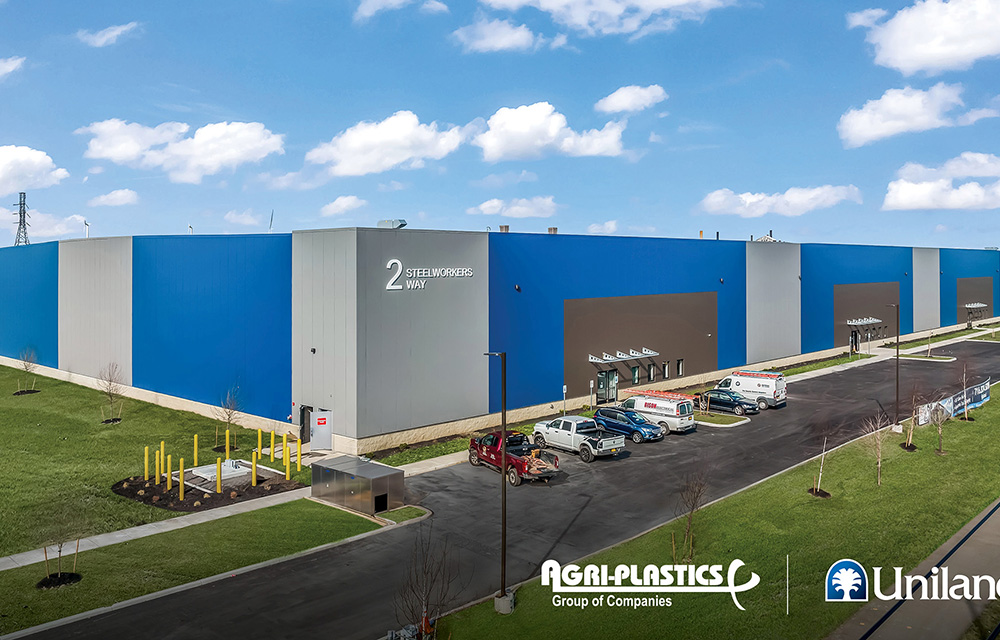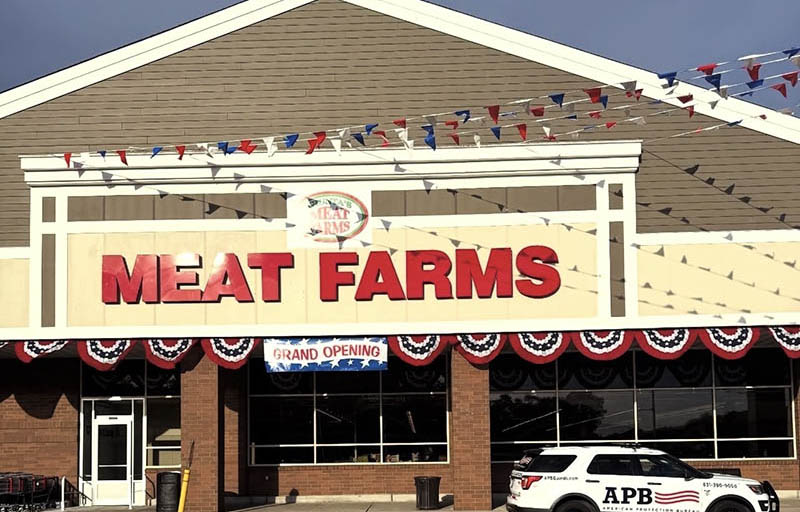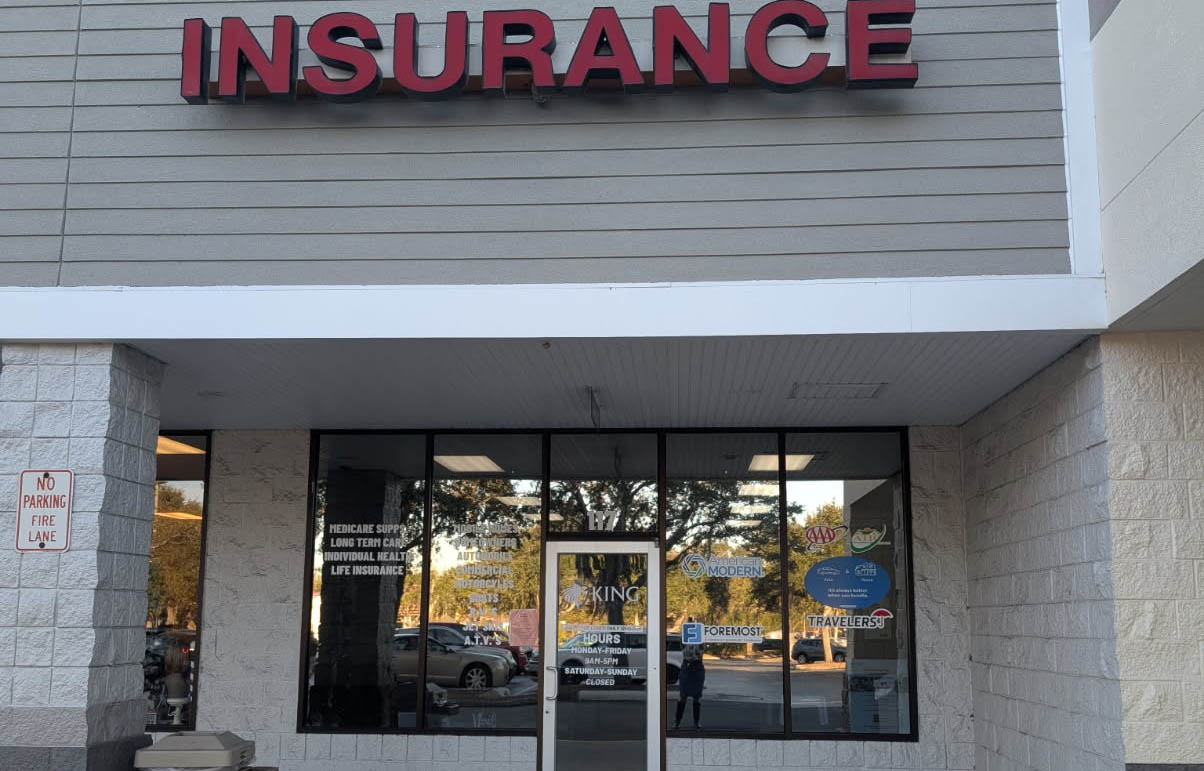Examining valuations for vacant land: What appraisal dilemmas are created? - by John Rynne

Rynne, Murphy & Associates, Inc.
Vacant land valuation: An appraisal dilemma?
Appraisers have an important job to do; whether the intended use is for a partnership buyout, a regular sale, mortgage financing, real estate tax certiorari, condemnation, estate, gifting, donation, conservation easement, etc. The intended users could be a home owner, a corporation, a partnership, a municipality school district, church, a court, an attorney, state or federal government agency, etc. In many cases, the real estate which needs valuation is an important focal point of the intended users. It could represent the biggest financial asset that an individual or corporation will ever have.
In the case of a municipality or large corporation it is a matter of being consistently prudent and above board. My point is that every appraisal is important and every property is different. Most appraisers do agree that land valuation can be the most difficult assignment because of so many intangibles and unknowns including but not limited to zoning, overlay districts, floodways, flood hazard, contamination, “Not-in-my-backyard-groups” (NIMBYs), overzealous environmentalists, more government roadblocks, etc. An improved property which is a legal use and is near it’s highest and best use will not typically have any alternative use issues which makes an appraiser’s job more clear cut unless it’s contaminated.
For many projects that are planned on vacant land, there are many hoops that have to be jumped through. One of the biggest hoops is the State Environmental Quality Review (SEQR). For properties that have wetlands and flood hazard areas, there are buffer zones which sometimes extend 100’ from the actual wetland or flood hazard boundary’s which can significantly reduce density. In New York State there is the State Historic Preservation Office (SHPO) which determines the impact of archeological, historic issues with a site. As an example, in Upstate, there are many Native American artifacts, Revolutionary War items, etc.
In addition, State Pollutant Discharge Elimination System (SPDES) which is a New York State regulation which must be strictly adhered to which monitors storm and sanitary sewer. This regulation creates the need for detention/retention ponds to handle storm water. This also reduces developable site area. There is the possibility of additional regulations which will add to the burden. Currently in the New York State legislature, there is one bill regarding wetlands oversight, and if passed, it will create more difficulties for development. This bill will increase the NYS Department of Environmental Conservation (NYSDEC) stranglehold on wetlands. Currently, the de minimis level is 12.40 acres. If passed this legislation could give NYSDEC jurisdiction on wetland acres as small as 1 acre.
According to Kristin Savard, president of the Advanced Design Group and president of the New York State Builders Association, 10 years ago the development of a subdivision in Western New York cost was $300 per lineal foot assuming a 66’ wide road. Currently, the costs to develop is $700-$800 per lineal foot. This increase in costs creates more and more projects unfeasible especially in Upstate New York. That’s the result in part of increasing regulations on undeveloped land in New York State. Also, it creates a larger gap between unapproved and approved development sites.
A number of extraordinary assumptions are needed for a vacant land appraisal such as:
1) If the value is contingent upon a more specific development plan, the value could be higher depending upon the intensity of use. An intense development could take a considerable amount of time for final approval. However, the value could be considerably higher.
2) A formal engineering study was not provided. It is assumed that there are no unusual soil, legal, topographical, or other conditions. If there are, the property value may be diminished or increased.
3) A current survey map was not available for the parcel. Reliance was placed primarily upon municipal tax maps.
4) It is assumed that there are no environmental conditions on site or off site which have a diminishing effect on value other than what the market comparables indicate. Rynne, Murphy & Associates, Inc. and the individual appraiser are taking no responsibilities in regards to any detrimental environmental influences on the subject property. This includes but is not limited to:
- Asbestos;
- Lead paint;
- Mold;
- Petroleum;
- Urea formaldehyde; and
- Radon gas.
We do not have any knowledge of the existence of such materials on or in the property. The appraiser is not qualified to detect such sub-stances. We recommend the client to retain an expert in the field.
5) The report will outline the availability of utilities to the subject site based upon some information we obtained from various sources including but not limited to public records. We warrant no complete accuracy of this information and suggest that a licensed engineer provide the information. In summary, vacant land appraisals are more involved than meeting the eye.
John Rynne, MAI, SRA is the president and owner of Rynne, Murphy & Associates, Inc., Rochester, N.Y.
Horizon Kinetics relocates new headquarters to Tishman Speyer’s Rockefeller Center


Lasting effects of eminent domain on commercial development - by Sebastian Jablonski

Strategic pause - by Shallini Mehra and Chirag Doshi

Behind the post: Why reels, stories, and shorts work for CRE (and how to use them) - by Kimberly Zar Bloorian









.jpg)

.gif)